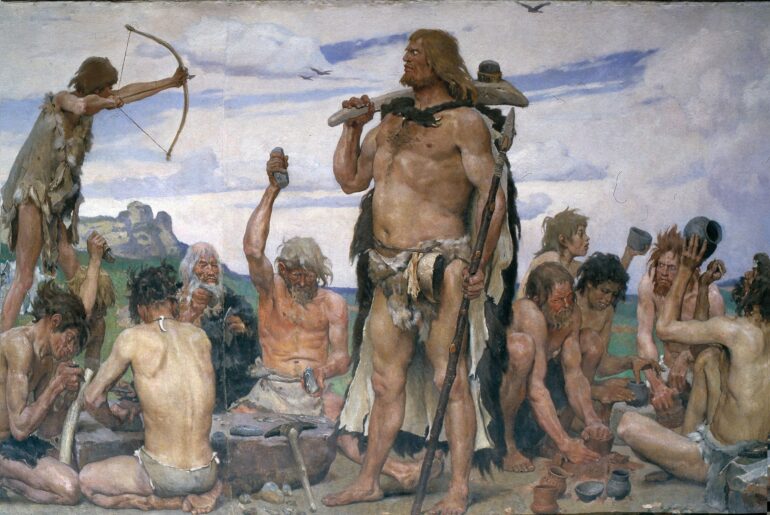Systemic racism and sexism have permeated civilization since the rise of agriculture, when people started living in one place for a long time. Early Western scientists, such as Aristotle in ancient Greece, were indoctrinated with the ethnocentric and misogynistic narratives that permeated their society. More than 2,000 years after Aristotle’s writings, English naturalist Charles Darwin also extrapolated the sexist and racist narratives he heard and read in his youth to the natural world.
Darwin presented his biased views as scientific facts, such as in his 1871 book “The Descent of Man,” where he described his belief that men are evolutionarily superior to women, Europeans superior to non-Europeans and hierarchical civilizations superior to small egalitarian societies. In that book, which continues to be studied in schools and natural history museums, he considered “the hideous ornaments and the equally hideous music admired by most savages” to be “not so highly developed as in certain animals, for instance, in birds,” and compared the appearance of Africans to the New World monkey Pithecia satanas.
Science isn’t immune to sexism and racism.
“The Descent of Man” was published during a moment of societal turmoil in continental Europe. In France, the working class Paris Commune took to the streets asking for radical social change, including the overturning of societal hierarchies. Darwin’s claims that the subjugation of the poor, non-Europeans and women was the natural result of evolutionary progress were music to the ears of the elites and those in power within academia. Science historian Janet Browne wrote that Darwin’s meteoric rise within Victorian society did not occur despite his racist and sexist writings but in great part because of them.
It is not coincidence that Darwin had a state funeral in Westminster Abbey, an honor emblematic of English power, and was publicly commemorated as a symbol of “English success in conquering nature and civilizing the globe during Victoria’s long reign.”
Despite the significant societal changes that have occurred in the last 150 years, sexist and racist narratives are still common in science, medicine and education. As a teacher and researcher at Howard University, I am interested in combining my main fields of study, biology and anthropology, to discuss broader societal issues. In research I recently published with my colleague Fatimah Jackson and three medical students at Howard University, we show how racist and sexist narratives are not a thing of the past: They are still present in scientific papers, textbooks, museums and educational materials.
From museums to scientific papers
One example of how biased narratives are still present in science today is the numerous depictions of human evolution as a linear trend from darker and more “primitive” human beings to more “evolved” ones…



